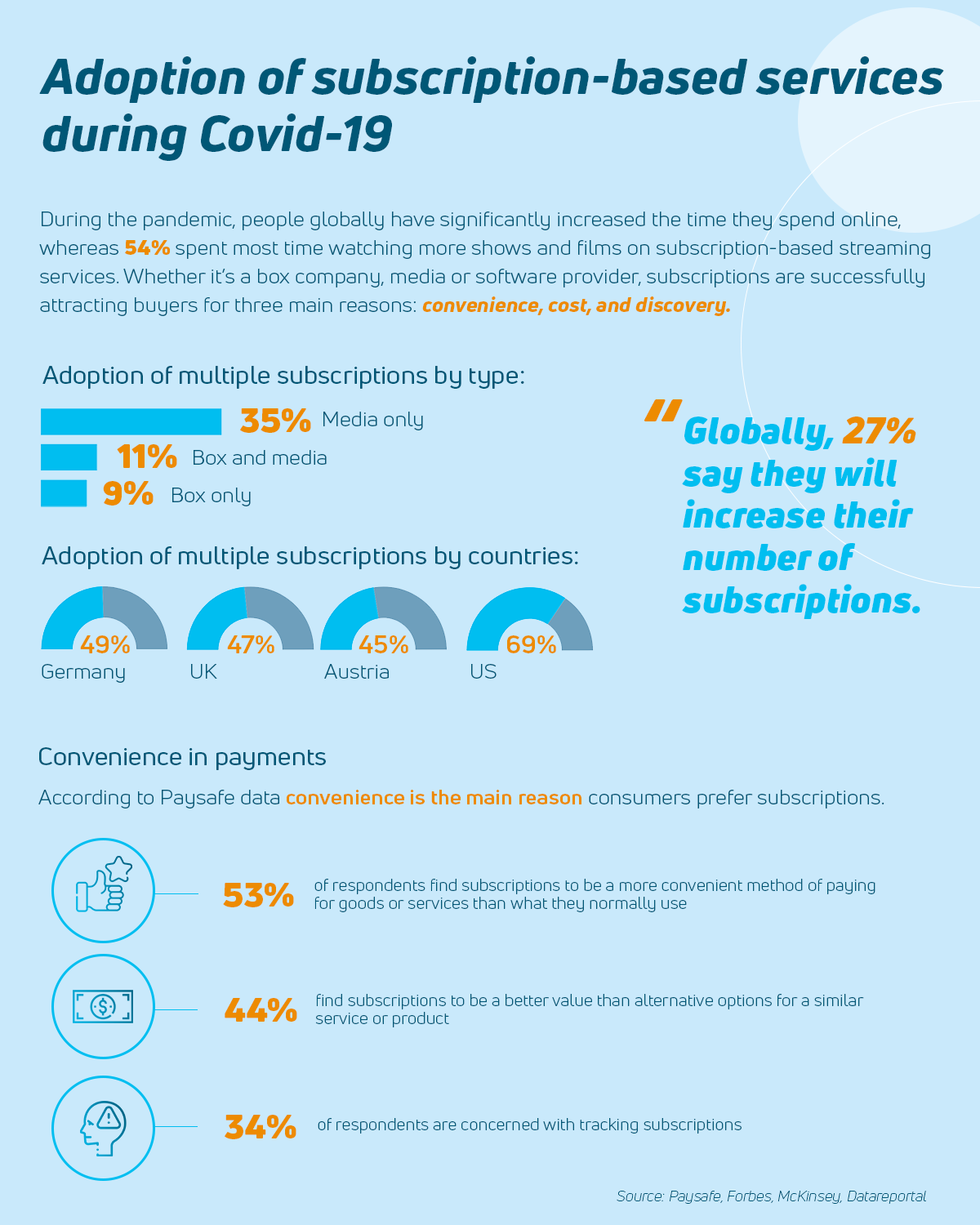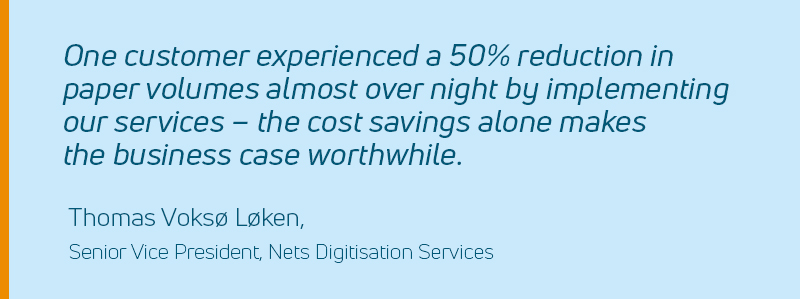1. Disruption created by COVID-19 in consumer behaviour is not going anywhere
It's an understatement to say that the trends are changing quickly in the payment world, and it has been especially so during the pandemic. The world has been adapting to mobile and digital for some time now, and this year, everyone seems to be onboarding the wave of mobile and contactless faster than ever.
In this cross-generational shift caused by the pandemic giving impetus to digital channels, even the Baby boomer generation have stated that they have used digital channels for payment much more than before the lockdown, according to World Payments Report 2020.
Every age group is transitioning away from the traditional payment methods, with 41% using contactless card instead of cash, 35% of card owners adding cards to a digital wallet, and 27% of customers trying QR payments, according to the World Payments Report 2020 and Capgemini Financial Services Analysis 2020.
The same reports showed that Internet banking has been the preferred method of payment throughout the pandemic crisis with contactless cards taking second place and digital wallets coming in at third place.

So, what does this mean for the future? The pandemic has quickly and abruptly changed the world around us including the ways we pay. We are all creatures of habit, while we also like the habits to be as convenient as possible. People who are getting used to paying with their smartphones and through online shopping have experienced the convenience and will more likely stick to it. That is why banks and payment companies will have to act fast and adapt even more fluidly to the ever changing payment landscape.
2. Next generation customer journeys are built on efficiency, trust and transparency
Our focus on improving customer journeys is shaped by our view on the market, where we see that the customer experience - both in terms of payments and beyond - is paramount for the success of a company.
The report "Future Customer Experience Survey" by PwC looks closely at what drives customer behaviour and what consumers are willing to pay a premium for, the top three factors being efficiency, convenience and easy payment.
Giving control to consumers is also very important for gaining trust and thus ensuring better experience. The level of consumer debt is increasing and as consumers we have a vast amount of financing options at our fingertips, at point-of-sale and in the mobile payment options.

This has caught the eye of regulators across the Nordics. Debt collection and consumer financing is now under increased scrutiny, and in some cases being regulated to protect the user. One example is in Norway where suggested changes to the law means reducing fees on reminders and debt collection by half, in addition to several other changes. In Sweden, new regulation in eCommerce means that merchants can no longer have a payment method that includes financing/factoring (e.g. Klarna) as the default option.
Putting focus on customer experience means making sure that the consumer can pay efficiently and on his or her own terms. This entails increasing the usage of intelligent reminders, making sure that you have the preferred payment options available, and that you communicate in the channel that the consumer prefers.
Enabling transparency to the consumer on what they pay and why will also be increasingly important for the customer experience going forward.
3. The great end-user expectations
Companies will face higher expectations from end-users on customer experience due to the comparison to the best services out there in the market.
For Nordic companies most recurring payments are done by direct debit, invoicing, and bank payments. New digital subscription services such as Netflix and Spotify have set a new bar for payment experiences, with minimal friction. As a result, consumers expect the same type of experience from their more traditional recurring payments.
The key to success for subscription service providers is to establish long-term relationships with the customers. This requires customization of the subscription services, and to provide a smooth payment setup. The payment should in effect be invisible.

Traditional methods for bill payments does not live up to the same user experience and often requires you to go into your online banking webpage or mobile application to pay for your subscription. As an example, it can be very hard to offer consumers the ability to cancel their subscriptions when the payment is connected to a direct debit mandate that cannot be cancelled on short notice. Several companies in different industries are struggling to align their current recurring payment flows with this new reality.
Global companies such as Netflix also recognize that there are local variations of payment methods that they need to relate to. In order to enable the best possible user experience without increasing the unit costs, companies can utilise the changing payment landscape to match and surpass the experiences provider by global technology leaders.
At Nets, we believe that combining international scale benefits with the payment methods preferred by local consumers and businesses is the winning combination.
Fintech and payments are by default local, not global, as there are many local variations and regulatory aspects to consider. However, there are significant scale benefits to be gained by partnering with companies that can combine the two mindsets and capabilities.
4. Accelerated digitisation and its benefits
From working from home to new ways of paying, our lives have seen an unusual increase in digital services being used. As the pandemic certainly changed consumer behaviour and made online grocery shopping more frequent than ever, it is the perfect time for companies to use the momentum and keep the digitisation transformation going.
Digitisation is becoming a priority for everyone. For example, online shops are no longer nice to have but a musthave for merchants, big or small. For larger companies, this can be a great time to push the launch of new digital services and products or to minimize the existing frictions in the organisation.
More specifically, our insights have shown that minimising the friction of paying bills by going digital gives immediate value. Apart from significant cost savings, our research shows that going digital results in 3 times lower churn. This is a result of the fact that manual paper invoices provide many instances to reevaluate the customer relationship and is a friction-filled process. Additional benefits are that companies send 2,8 times less reminders and increases their customer satisfaction scores (NPS) by 11 points.
The quality gap between print and digital increases over time as the service provided by mail carriers decreases in quality as they come under pressure from accelerating digitisation. This in turn can increase the lag time between issuing the invoice and the actual payment taking place, resulting in increased day sales outstanding.

However, be aware of demographic differences in digitisation. That doesn't mean one should go all digital immediately as especially the older generation will occasionally have a strong preference to keep receiving their invoices and statements on paper.
5. PSD2 will accelerate the payment market fragmentation
With the payment services directive 2 (PSD2) regulative and the ongoing open banking trend, the payment market will only accelerate further. PSD2 lowers the barriers - as well as cost - to entry in the payment industry:
- End-user and corporate control of the payment process increases as the process is moved out of the banks and into the hands of the users
- Data enrichment will become easier as account information from the banks is opened up
- New players will enter the market with new value propositions. This in turn will challenge current players, such as MobilePay, Swish and Vipps, and increase the pace of innovation.
- The conversion from paper to digital is expected to increase as new solutions enter the market
The result of the above will most likely mean reduced transaction costs, a more transparent value chain and the opportunity to take control over the user experience for your customers.
PSD2 and Open Banking is fundamentally decoupling infrastructure (the account) and services in the financial sector as well as other sectors. The experiences from the energy and telecom sectors substantiates the view that it will benefit the end-customers. However, PSD2 and Open Banking is also a patience game, which we have only seen the beginning of with limited use cases and products in production thus far.

